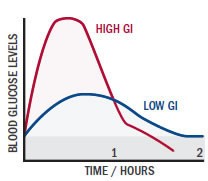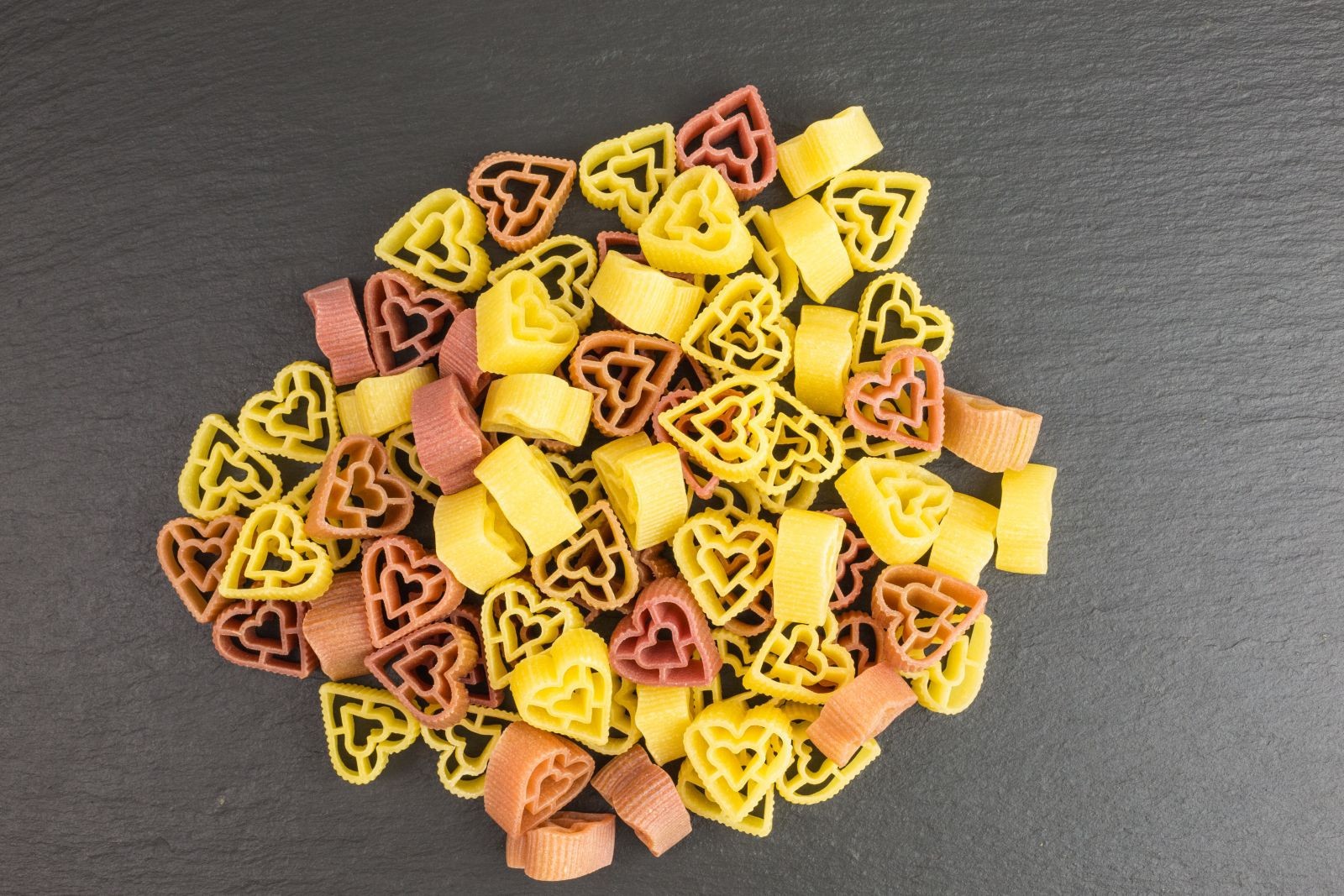If you’re managing diabetes or aiming for stable blood sugar levels, understanding the glycemic index (GI) of foods is crucial. When you consume carbohydrates, your blood sugar levels are directly affected, and the GI helps you predict how quickly and how high your blood sugar will rise. Is Rice A High Glycemic Food? The answer is nuanced, but generally, yes, certain types of rice can significantly impact your blood sugar.
Picking the right types of carbohydrates can be beneficial in helping to control your blood sugar and manage your weight. Choosing healthier carbohydrate options may also reduce the likelihood of developing chronic health problems like diabetes. Furthermore, research indicates that adopting a healthier carbohydrate intake is associated with a decreased incidence of cardiovascular conditions and some forms of cancer.
One valuable tool for making informed food choices is the glycemic index (GI). This index provides a measure of how much a specific food raises blood sugar levels.
The glycemic index ranks the effects of a fixed amount of a particular food on blood sugar compared to the same quantity of pure glucose. To illustrate, a food that has a glycemic index of 30 will raise blood sugar only 30% as much as pure glucose, while a food with a GI of 90 will have nearly the same impact as pure glucose.
The Glycemic Index Explained
The Glycemic Index (GI) measures how quickly a food causes a rise in blood sugar levels. Foods are ranked on a scale from 0 to 100, with pure glucose having a GI of 100. Understanding this index can help you make informed choices about the carbohydrates you consume.
High glycemic foods lead to a rapid increase in blood sugar and insulin, while low glycemic foods have a slower, more gradual impact. This difference is crucial for maintaining stable energy levels and managing conditions like diabetes.
Rice and the Glycemic Index: What You Need to Know
So, is rice a high glycemic food? The answer depends on the type of rice. White rice generally has a higher GI compared to brown rice or other less processed varieties. This is because white rice has been stripped of its bran and germ, which contain fiber and nutrients that slow down digestion and the absorption of sugar into the bloodstream.
- White Rice: Typically has a GI of 70 or higher. This means it can cause a rapid spike in blood sugar levels.
- Brown Rice: Generally falls in the moderate GI range, around 50-55. The fiber content helps to slow down the release of glucose.
- Basmati Rice: Depending on the variety, basmati rice can have a lower to moderate GI, making it a better option compared to other types of white rice.
Choosing Low Glycemic Foods: A Practical Guide
Using the glycemic index is simple: choose foods with a low GI instead of those with a high GI (see below), and consume those in between in moderation.
- Low Glycemic Index (GI of 55 or less): Most fruits and vegetables, legumes, minimally processed grains, pasta, low-fat dairy products, and nuts. These foods are digested and absorbed more slowly, leading to a gradual rise in blood sugar.
- Moderate Glycemic Index (GI 56 to 69): Sweet potatoes, corn, white rice, couscous, breakfast cereals like Cream of Wheat. These foods have a more intermediate effect on blood sugar levels.
- High Glycemic Index (GI of 70 or higher): White bread, rice cakes, most crackers, bagels, cakes, doughnuts, croissants, and most packaged breakfast cereals. These foods are quickly digested, causing a rapid increase in blood sugar.
To make informed food choices, here are some practical swaps to lower the glycemic index of your meals:
| Swaps for lowering glycemic index |
|---|
| Instead of this high-glycemic index food |
| White rice |
| Instant oatmeal |
| Cornflakes |
| Baked potato |
| White bread |
| Corn |


The Importance of Balanced Meals
While the glycemic index is a useful tool, it’s important to consider the overall nutritional profile of your meals. Combining high glycemic foods with protein, healthy fats, and fiber can help to slow down the absorption of glucose and minimize blood sugar spikes. For example, if you choose to eat white rice, pair it with grilled chicken or fish and plenty of non-starchy vegetables.
Conclusion: Making Informed Choices
Understanding the glycemic index and how different types of rice affect blood sugar levels is essential for managing diabetes, controlling weight, and maintaining overall health. While white rice is generally considered a high glycemic food, making informed choices about the type of rice you consume and pairing it with other nutrient-rich foods can help you maintain stable blood sugar levels. Opting for brown rice, basmati rice, or other low glycemic alternatives can be a simple yet effective strategy for improving your dietary habits and supporting your well-being.
